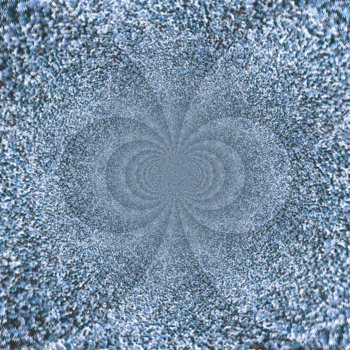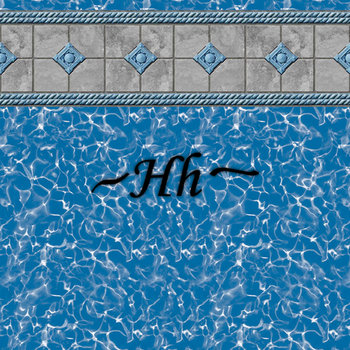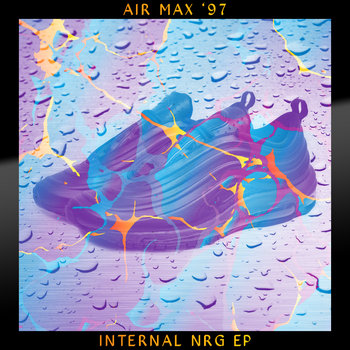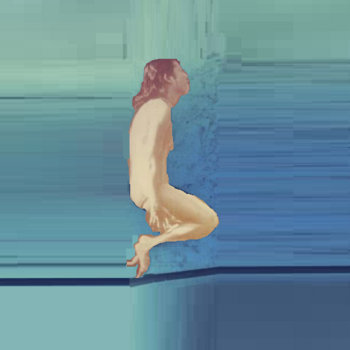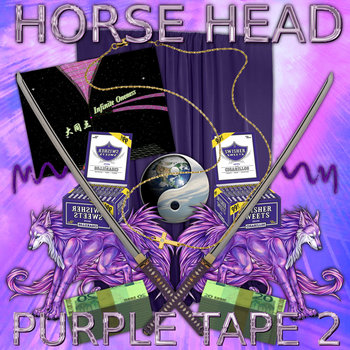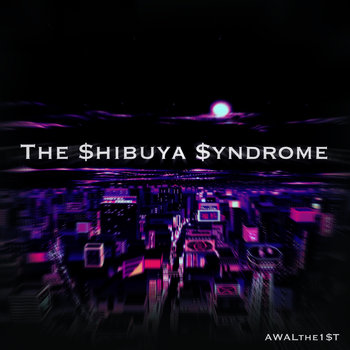Thought I'd do a post gathering together everything relatively major I wrote in 2013. Click the links to get either the relevant piece or a fuller description I put up here on the blog where you can click through to the piece itself. Happy New Year!
- Gonzo Circus: A New Manifesto for New Music - a manifesto-style statement on aims for the future of music, jumping off from Infinite Music.
- Dummy Essay: Shades of Ariel Pink - a rethink of the position of Ariel Pink in the history of indie music and in relation to the 'Altered Zones Generation' he is often considered to have influenced.
- Electronic Beats Pattern Recognition 1: The New Online Weird - a look at three interesting new beat producers, a i r s p o r t s, RAP/RAP/RAP and Karmelloz, who are exploring new forms of weirdness online.
- Dummy Essay: Matthew Herbert's Musical Shell - a critical look at Matthew Herbert's music-making process in light of futurism, war and his latest album The End of Silence.
- An Introduction to Robocop through the lens of John Maus and his music.
- A little write-up on Karmelloz for Subbacultcha.
- Dummy Essay: 'Messy' Techno and the Resurgence of Musical Abstraction - reflects on the messier kinds of techno that have recently emerged and how they represent a new enthusiasm for abstraction, taking in loads of artists.
- Dummy Essay: Have You Heard of Eugene Chadbourne? - examines avant-country clown and star of 1980s indie music Eugene Chadbourne, why he didn't quite make it into history and why he isn't cool any more.
- EB PR 2: The Evolving Architecture of the Underground - a primer on how underground music is moving online and why and how to follow it there.
- Dummy Essay: Sci-Fi, Hi-Tech, Future? - took in a number of recent artists in looking at the new vogue for hi-tech, its relationship to science fiction, and whether it's really the future or just a more-or-less traditional representation of it.
- Dummy Essay: Meanwhile in the UK's Dance Underground... - following the disappointment in the UK dance underground expressed in my 2012 piece on Texas, I take stock of the scene's recent trajectories and find several areas of promise. Not meant to be comprehensive.
- EB PR 3: The Fantasy Behind Veiled Musicians - in the wake of the meme about Burial being Four Tet, I look at how mystery about a musician influences listening, taking in 'veiled musicians' of the past, particularly Jandek, and of the present, particularly the weirdly wonderful Pepsi 7 Up.
- Dummy Essay: Invest in Vaporwave Futures! - a year on from my article on vaporwave, I look at how the genre is getting on with mixed feelings, particularly concerning the new wave of producers. Tbh, I was pretty much looking at vaporwave's recent developments the wrong way, and should've done more listening, thinking, and research in preparation for the piece - sorry.
- Blogpost: On the New OPN Video - kinda hotheadedly expressed response to the video for Oneohtrix Point Never's 'Still Life,' annoyed at the implicit message about computer usage and alternative sexualities being freakish. Comment box japes ensued. New years resolution: less sarcasm.
- EB PR 4: Indigo Beats - a euphoric, diverse, hi-tech kind of beat-making is developing in the online underground in the slipstream of cloud rap, witch house, trap and vaporwave. Included loads of lesser known artists and I made a mix for it too.
- Dummy Essay: 'Something Beautiful?' The Hardcore Pastiche of ADR and Yen Tech - a year on from my article on distroid, I look at what pastiche does and how heavy pastiche of pop in ADR's Chunky Monkey and Yen Tech's Revengeance creates an ambivalent reaction.
- Dummy Essay: London's Hi-Tech Noise - about an emerging network of hi-tech art-noise musicians based in London. Some great hidden gems there for the more avant-inclined.
- Little write-up on E+E for Subbacultcha.
- EB PR 5: Is 'Internet Music' the new 'Lo-Fi'? - compares the collapse of the cassette revolution of the 80s into the lo-fi of the 90s with the potential collapse of the online revolution into a superficial concept of 'internet music.'
- Dummy Essay: Modules in Machine Modernism with Oneohtrix Point Never - a look at OPN's R Plus Seven and the significance of the machine-like processes within.
- EB PR 6: The Vanishing Frame of Blondes and Huerco S. - how Blondes' Swisher and Huerco S.'s Colonial Patterns both create frames around dance music styles in their different ways
- EB PR 7: Jame's Ferraro's NYC, Hell 3:00am - basically an extended review of Ferraro's latest album, exploring its themes of exhaustion and dejection.
- Dummy Essay: Neo-Eski, Alien Shapes and the New Wave of Grime - on the new wave of grime, particularly its relationship to eski and sino-grime and its future tendencies. Includes some Rouge-classic technical talk about tonality.
- Liner Notes for Matthew Shlomowitz and Peter Ablinger - I wrote an essay for the liner notes on a CD of not-your-average contemporary classical music - compositions that radically reconstructs sonic forms.
- Wire magazine, January 2014 (#359), the Rewind Issue: included my end-of-2013 reflections, a piece on the year's trends in the online underground, and a review of 18+'s MIXTAP3
- My end-of-year list for Dummy, with little write-ups on each choice.
- EB PR 8: The Year in the Online Underground - ten great online releases from 2013 with write-ups, plus a list of other decent titles.
- EB PR 8.5: The Year in Vaporwave - ten great vaporwave releases from 2013 with write-ups, plus a list of other decent titles.
- End-of-year reflections for Electronic Beats, and other writers' too, including my 'Top 5 Fancy Breakfasts of 2013.'
- Musical Objects of the Year page by the No Fear of Pop blog, with an introduction to musical objects and ten choices written up by me, and great write-ups from other writers too. Lovely project.
- (... and this blogpost collecting together all my end-of-year stuff large and small).



















